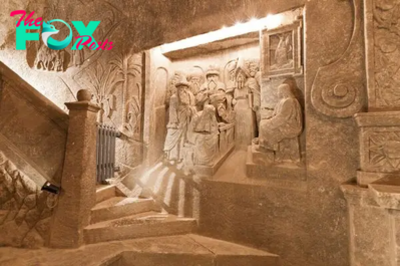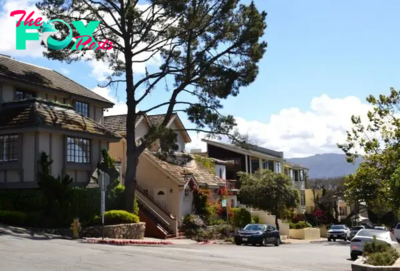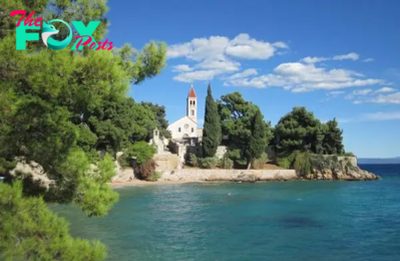Travel
Valladolid in Mexico: One of Yucatán’s Most Charming Cities
The enchanting city of Valladolid is perhaps the most underrated spot along the Yucatan Peninsula. Often seen as a mere pit-stop on the way to or from Chichen Itza, few visitors give Valladolid the recognition it so dearly deserves.
Though compact and quaint, Valladolid offers a bountiful array of things to see and do, with unparalleled access to southwest Mexico’s otherworldly cenotes and eye-catching colonial architecture. Beautiful surroundings aside, I’ve found Valladolid to be among the best spots in the often tourist-centred Yucatan region to get an insight into authentic Mexican culture.
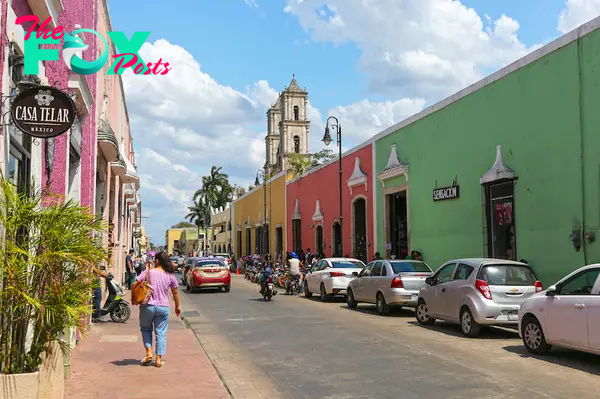
I initially planned my Valladolid visit based on the city’s proximity to Chichen Itza, but I discovered that this delightful destination has so much more to offer than I had imagined. Had I known this in advance, I would have set aside additional time to explore the city in depth.
In the hopes that you’ll be as smitten with Valladolid as I am now, I’ve crafted this tried and tested itinerary to help you maximise your time based on what I got up to during my all-too-short visit.
Contents:
Getting to Valladolid From Cancun
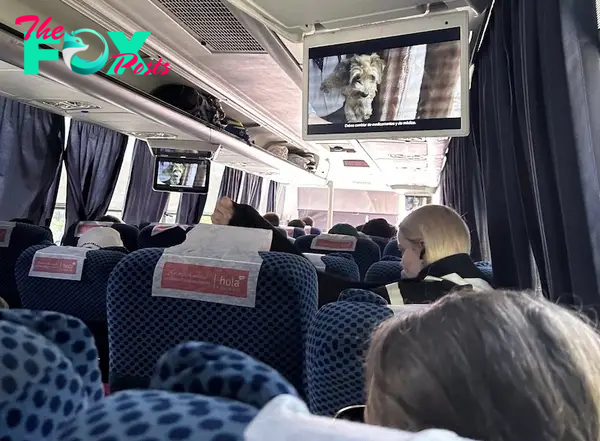
If you’ve ever researched Valladolid, you’ve probably noticed that the city is generally included in day trips to Chichen Itza and the nearby cenotes that start from popular beach spots like Cancun. However, getting here in your own time, without the confines of a guided tour, is super simple.
I opted to take an ADO bus from ADO’s Downtown Cancun Terminal to Valladolid, as I found it to be the most affordable and convenient option for me. Most days, over a dozen services run from here, with departures starting in the early hours. As I was keen to make the most of my limited time, I hopped on the 5.30 a.m. bus and reached Valladolid within around two hours.
Despite my best efforts, I was unable to pre-book my tickets online, so I purchased them onsite at the bus terminal. Naively, I had no idea how busy this route would be, but I was lucky enough to secure one of the last available seats. My best advice to you would be to swing by the station a day or two beforehand to ensure your desired departure time is available.
Wander Through the Colonial Streets
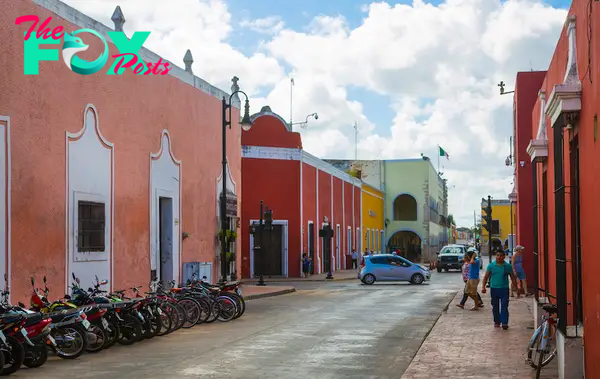
Because Valladolid is relatively small and the bus terminal is situated right in the heart of town, I was free to begin exploring the city from the moment I disembarked from the bus.
My favourite thing to do when I land in a new destination is to make my way around the area on foot and find my bearings, which was precisely what I did. As the bus had gotten in quite early, I spent the morning gradually watching the city come to life as street food vendors set up their stalls and locals picked up their morning coffees.
When you touch down in Valladolid, you’ll quickly notice the wealth of adorable buildings and old-school cobblestone streets. Although well-preserved, I didn’t find the city to be as pristine as the likes of Oaxaca, which was endearing and made it feel more genuine than many parts of the country.

Pro-tip: Do some research before your visit and check for any upcoming events. As my trip aligned with Feria de la Candelaria, a religious festival honouring Valladolid’s patron saint, I managed to catch a glimpse of the celebrations along the city’s vibrant streets that morning!
Pay a Visit to Picturesque Catholic Churches
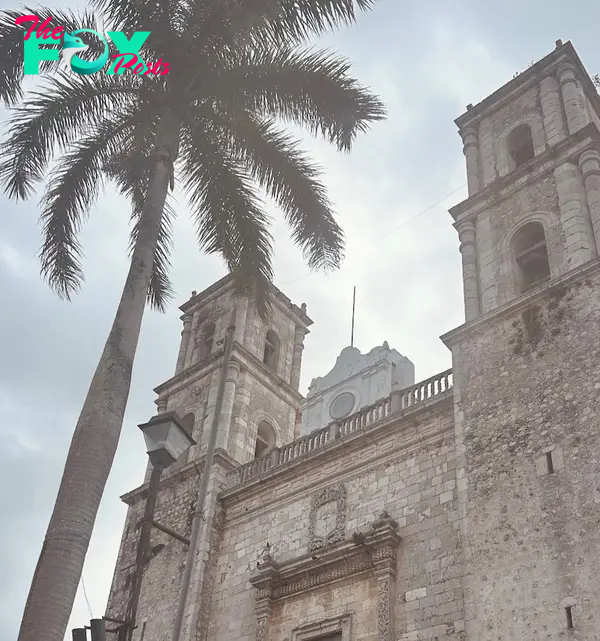
Standing tall amongst the low-rise buildings that make up most of downtown Valladolid are the picture-perfect churches that have adorned the city for several centuries.
The most distinguished of these is San Servacio, which dates back to the second half of the 16th century, though the current structure was built some 150 years later. Serving as the city’s centrepiece, San Servacio consists of a pale stone exterior, two soaring bell towers, and a Spanish-style facade.
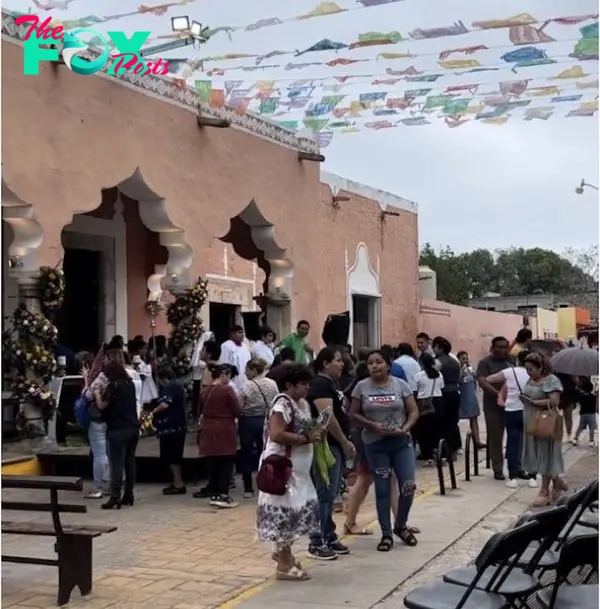
If I’m being honest, San Servacio’s interior may be a little underwhelming compared to some similarly sized Mexican churches, but I actually found its simplicity charming. Entry here is free, though I recommend making a small donation for the upkeep of the church if you decide to venture inside.
Another spot I stumbled upon was The Church of La Candelaria. Though significantly smaller than San Servacio, I loved how the pale orange and white exterior blended perfectly with the surrounding buildings. In the west of the city, you’ll also find The Convent of San Bernardino de Siena, a stunning complex inside and out.
Pro-tip: If you have time in your schedule, stop by San Servacio Church after dark and enjoy the marvellous light show that typically runs on Wednesday evenings.
Cool off at Some of Valladolid’s Breathtaking Cenotes

Valladolid is among the best places on the Yucatan Peninsula to visit cenotes. Not only is it a short drive or cycle from some of the region’s most impressive limestone sinkholes, but there’s even a huge cenote right in the middle of town!
Thanks to Cenote Zaci’s convenient location, even those on a time crunch will have the opportunity to swim in one of these majestic underground pools. This particular cavern is less than a 10-minute walk from San Servacio Church, and the cool waters and shaded corners provide some much-needed relief from the midday heat.
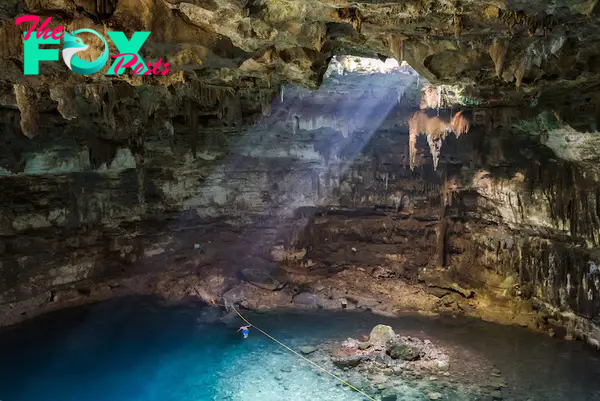
Eager to explore some of the other nearby cenotes, I rented a bike from a hostel in the centre and cycled the 25-minute distance to Cenote Xkeken. With just a tiny hole in the cave’s roof, Cenote Xkeken was almost entirely covered, making the shimmering blue waters and hanging stalactites appear even more fantastical. The equally gorgeous Cenote Samula is close by, and my entrance ticket covered both.
Pro-tip: At present, entry for Cenote Zaci is 60 Mexican Pesos (€3.25), while Xkeken and Samula will set you back 125 Mexican Pesos (€6.80). Be sure to have cash on hand, as card payment is generally not accepted.
Pick up Some Souvenirs at Mercado Municipal
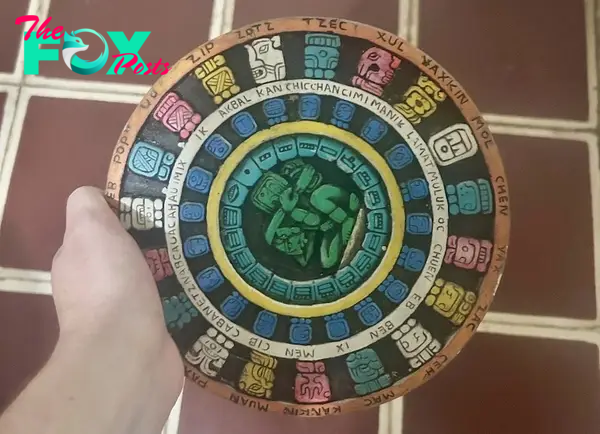
After I returned to Valladolid, it was time to do some souvenir shopping before the Mercado Municipal closed for the day. Although there were plenty of keepsakes and mementoes for tourists on display, this market was much more local than I’d expected.
With a fusion of stalls selling fresh produce, buzzing taquerias, and handicraft stores, there was a little something for everyone here, and I wish I’d had longer to explore the rows of brightly coloured stands.
Everything from handmade clothing and accessories to newly picked fruits and vegetables is up for grabs here, though the bustling atmosphere made this spot stick out to me.
It took me quite a bit of deliberation to settle on a single souvenir, as the handmade wooden ornaments, quirky jewellery, and Mayan-inspired pieces all piqued my interest. Though I knew the multi-coloured Mayan calendar was much too bulky for my bag, I couldn’t help but go for it. After having my eye on similar trinkets during my Travels, I finally caved and got one for myself.
Pro-tip: While haggling is commonplace in Mexican markets, it’s essential to do so with respect and kindness, ensuring you pay the seller a fair price for your purchases.
Sample the Regional Fare
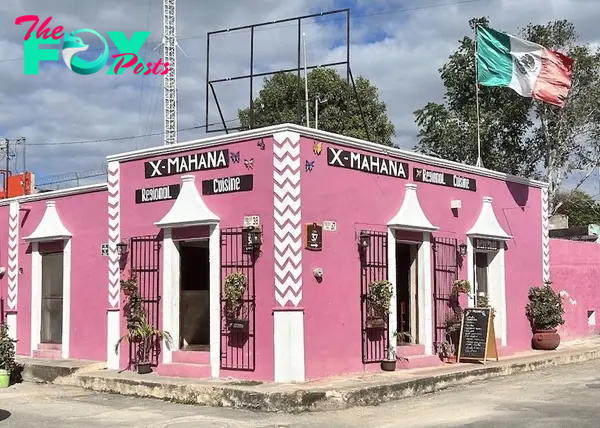
There’s little about Mexico’s renowned culinary scene that hasn’t already been said, but the state of Yucatan has a plethora of specialities specific to the region. For some unknown reason, most of these dishes don’t get a fraction of the acclaim that the likes of tortas and quesadillas do.
I came across an inviting spot called X-Mahana, which served up a mix of local creations and classic Mexican grub. After having more enchiladas and tamales than I care to admit during the weeks before my trip to Valladolid, I was keen to branch out, so I decided to try the cochinita pibil, Yucatan’s slow-roasted pork.
Comprised of melt-in-your-mouth meat infused with sweet oranges and achiote, tangy pickled red onions, and soft corn tortillas, this meal was packed with flavour and had me questioning how this dish isn’t on the map outside of Yucatan.
Pro tip: Regional foods can be more of a challenge to come by in many of the state’s other tourist hotspots, such as Cancun or Tulum. As a result, Valladolid is indisputably one of the best cities in Yucatan for culture buffs and foodies.
Francisco Cantón Rosado Park
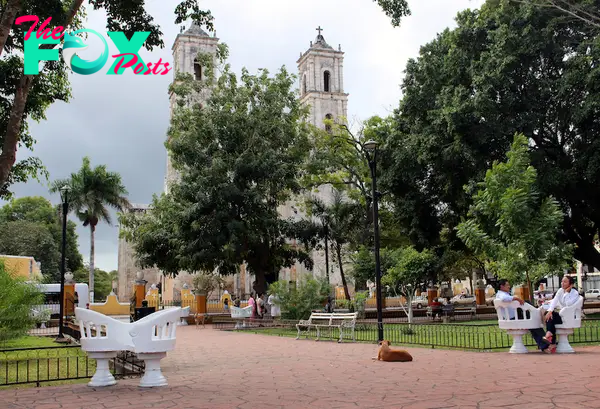
As your eventful and fast-paced day in Valladolid draws to a close, wander back towards San Servacio Church and find a spot at Francisco Cantón Rosado Park to rest your feet. If you’re fortunate enough, you may even snag one of the cute white double seats, commonly known as the lover’s chairs.
There’s always something happening in this square, whether it’s talented street performers, food stalls with lengthy lines of patrons, or vendors showcasing their handicrafts.

Having spent most of the day trying to pack in as much of the city as possible, I was more than content to kick back here with an ice cream and watch the world go by. The entire day quickly cemented itself as one of my top Travel experiences in Mexico, but watching the city become even more lively and spirited as the sun went down was magical.
Pro-tip: Most evenings before sunset, street entertainers in traditional Mayan dress arrive at Francisco Cantón Rosado Park and perform dance routines in the hope of gathering some tips. I was slightly too late to catch the show in action, and although it’s unsurprisingly a little gimmicky, I’ve heard it’s well worth checking out!

-
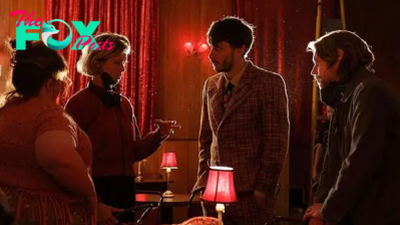
 Travel4h ago
Travel4h agoExplore the Filming Locations of Baby Reindeerin UK and Edinburgh
-

 Travel18h ago
Travel18h agoTravel to the Stunning Lovely Runner Shooting Locations Across Korea
-
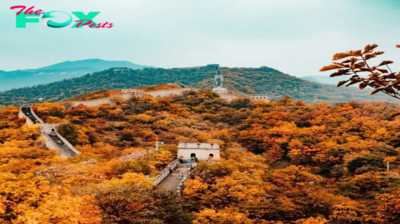
 Travel1d ago
Travel1d agoChina Extends Visa-Free Travel to 12 Countries Till 2025
-
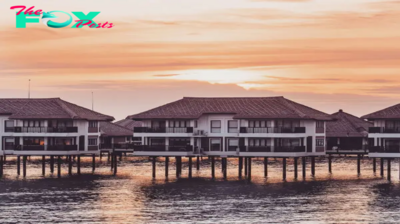
 Travel4d ago
Travel4d agoExplore These Stunning Beach Resorts Near Kuala Lumpur in 2024
-

 Travel5d ago
Travel5d agoThe First AI Travel and Hospitality Influencer is Here
-

 Travel1w ago
Travel1w ago12 Best Things to do in Korcula Island, Croatia
-

 Travel1w ago
Travel1w agoHow Moraine Lake’s Turquoise Waters Are Captivating Travelers
-
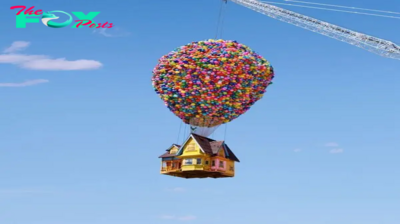
 Travel1w ago
Travel1w agoAirbnb Introduces New Icons Category Including Up House and Ferrari Museum


